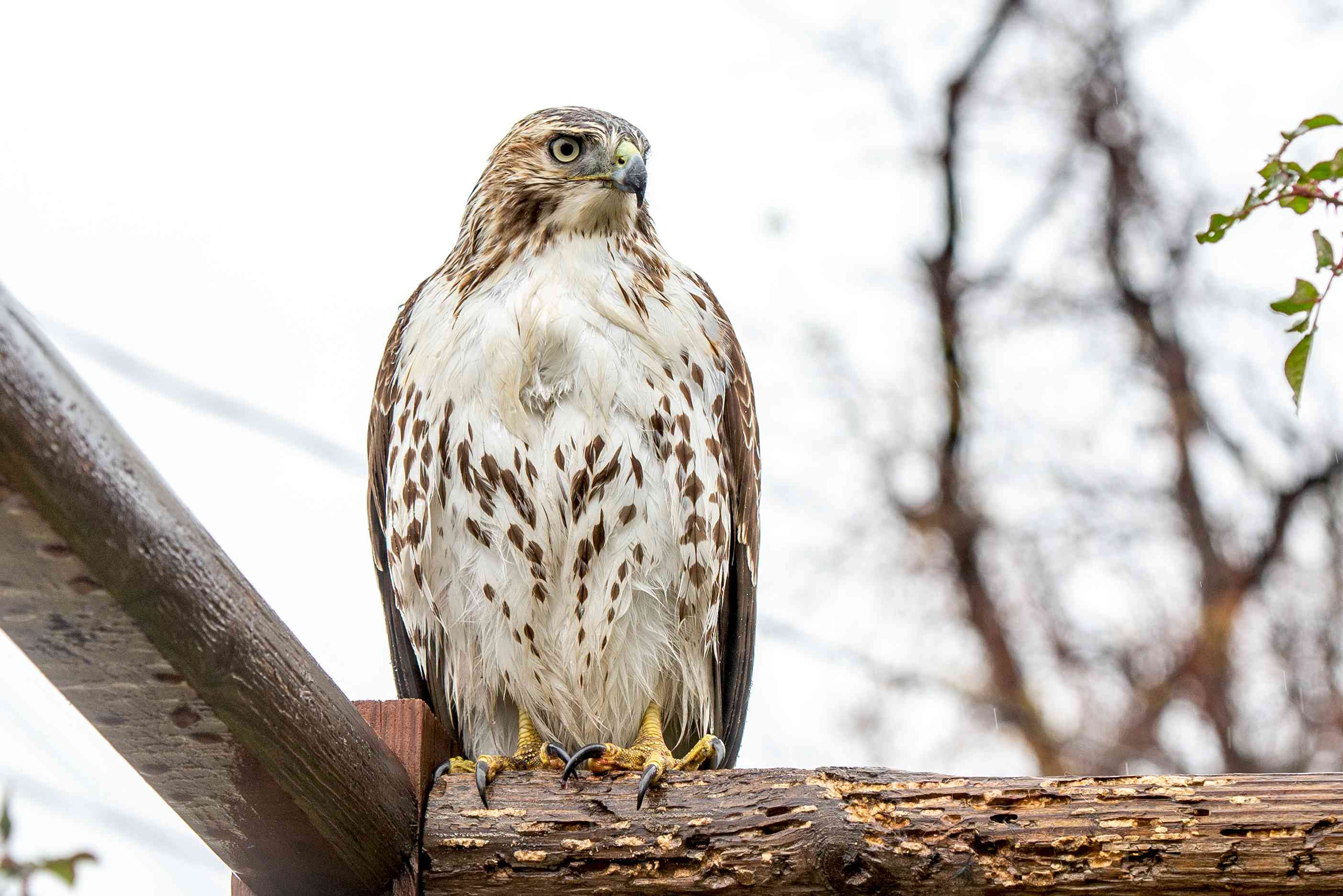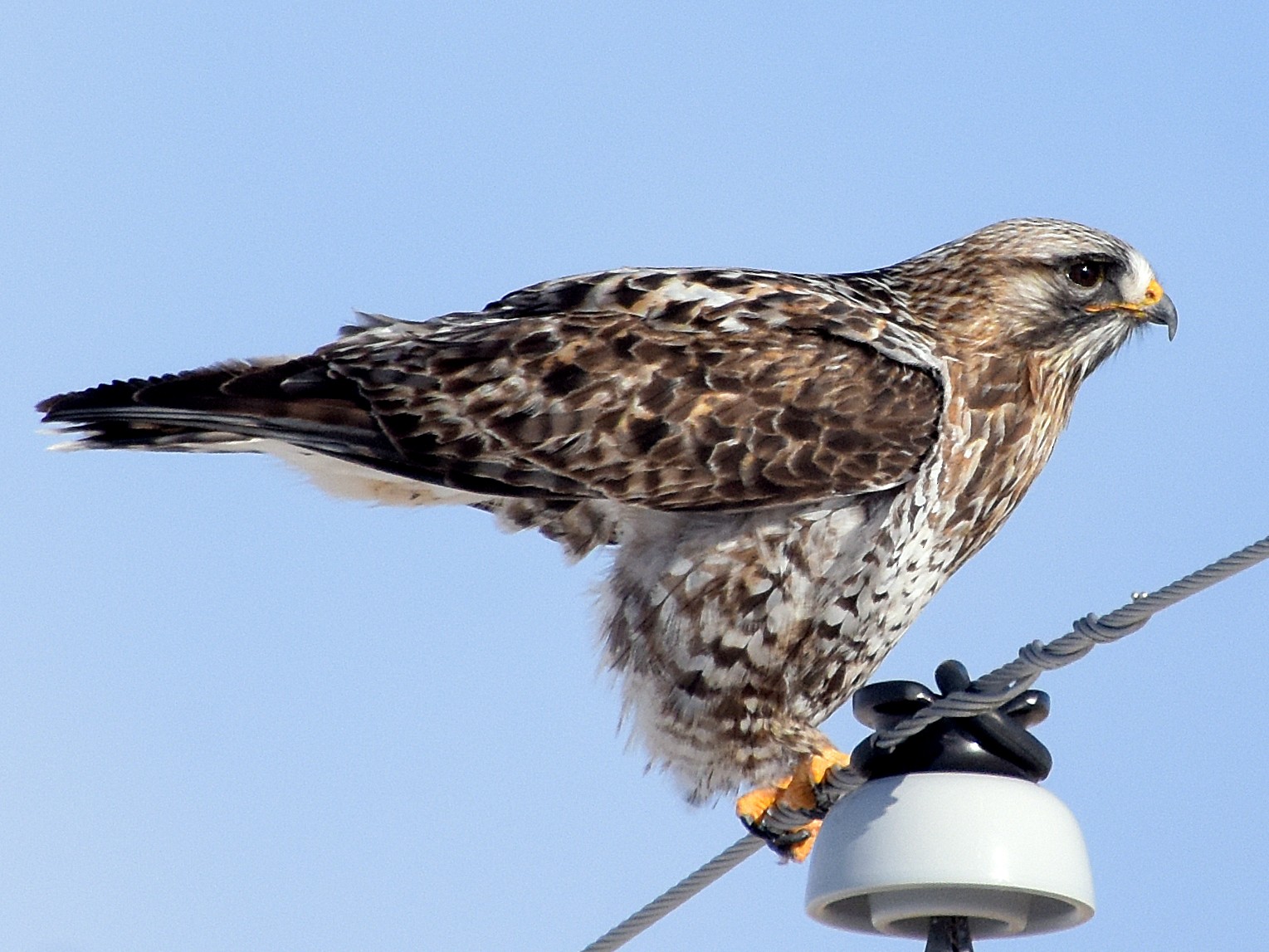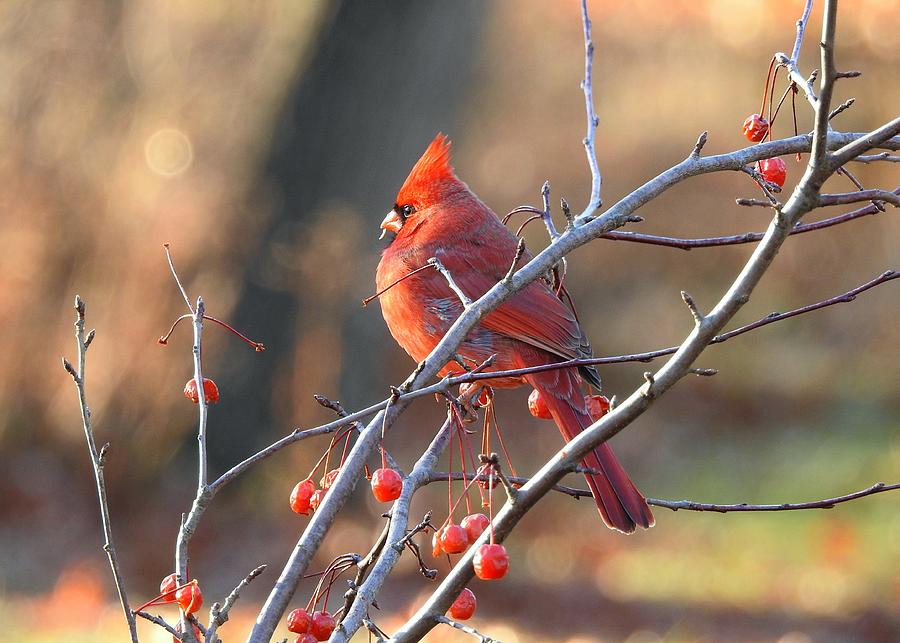Alabama is a state that is home to a diverse array of bird species, including hawks. These birds of prey are found across the state during both the breeding and non-breeding seasons.
Hawks are known for their incredible hunting skills and can be found in virtually every habitat on earth, including rainforests, prairies, marshes, meadows, deserts, farms, and forests.
You are reading: Discover The 7 Types Of Hawks In Alabama
In this article, we will explore the seven types of hawks that can be found in Alabama. These hawks belong to different groups, including buteos, accipiters, and falcons, and each has its unique characteristics and behaviors.
Whether you are a bird enthusiast or just curious about these fascinating creatures, this article will provide you with valuable insights into the world of hawks in Alabama.

7 Types Of Hawks In Alabama
Red-shouldered Hawk
The Red-shouldered Hawk is a medium-sized hawk that can be found year-round in Alabama. They are typically 16 to 24 inches tall and have a wingspan of 37.0-43.7 inches. They inhabit bottomland hardwoods and mixed pine hardwood stands with small scattered openings and water sources.
During the spring, their two-parted, whistle-like calls are frequently heard, and they can often be seen circling above their nesting grounds. Red-shouldered Hawks are medium-sized hawks with sturdy bodies and iconic broad, rounded wings.
Their wingtips are translucent, setting them apart from other hawks. They tend to occupy both deciduous and mixed forests near bodies of water like rivers and swamps.
Broad-winged Hawk
The Broad-winged Hawk is a small buteo hawk that is common in Alabama during the summer. They range from 13 to 15 inches in length and have short, broad wings with pointed tips. They are found in deciduous woodlands and can be seen flying overhead during migration from any habitat type.
Broad-winged Hawks are similar in habitat preference to the Red-shouldered Hawk, but they can be distinguished by several characteristics. For example, Broad-winged Hawks are only present in the United States during the summer, while Red-shouldered Hawks are present year-round.
Read more : Do Cardinals Eat Worms?
Another distinguishing feature is the dark borders on the trailing side of the Broad-winged Hawks’ wings. Their tails are also shorter than that of the Red-shouldered Hawk, and the tail typically has only one broad white band as opposed to the several thin white bands on Red-shouldered Hawks’ tails.
Swainson’s Hawk
Swainson’s Hawk is a medium-sized raptor and a member of the genus Buteo. It is colloquially known as the grasshopper hawk or locust hawk, as it is very fond of Acrididae and will feed on them almost exclusively when available.
Swainson’s Hawks are found throughout the Americas, dividing their time between the northern and southern regions, depending on the time of year. They summer in North America and can be found from east-central Alaska and Canada (including British Columbia) south through the United States (east to Minnesota) to southern California and northern Mexico (including Chihuahua and Durango).
The habitat of Swainson’s Hawk consists of open and semi-open country, such as deserts, grasslands, and prairies, in both its breeding and wintering ranges. It favors wild prairie, hayfields, and pastures over wheat fields and alfalfa fields, which may offer its prey too much cover.
Swainson’s Hawks require elevated perches for hunting and a supply of small mammals such as young ground squirrels as prey for its nestlings. They also feed on insects, especially grasshoppers and dragonflies, when they are not breeding.
Swainson’s Hawks are long-distance migrants, traveling around 6,000 miles each way, and undertake one of the longest migrations of any North American bird of prey.
Red-tailed Hawk

The Red-tailed Hawk (Buteo jamaicensis) is one of the most common hawks in North America and can be found throughout most of North America, from the interior of Alaska and northern Canada to as far south as Panama and the West Indies. Here are some key facts about the Red-tailed Hawk:
– They are one of the largest members of the genus Buteo, typically weighing from 690 to 1,600 g (1.5 to 3.5 lb) and measuring 45–65 cm (18–26 in) in length, with a wingspan from 110–141 cm (3 ft 7 in – 4 ft 8 in).
– They display sexual dimorphism in size, with females averaging about 25% heavier than males.
– They are known for their brick-colored tails, but there are more than a dozen subspecies of various colorations, and not all of them have this characteristic.
– They are adaptable and can acclimate to all the biomes within their range, occurring on the edges of non-ideal habitats such as dense forests and sandy deserts.
– They occupy a wide range of habitats and altitudes, including deserts, grasslands, coniferous and deciduous forests, agricultural fields, and urban areas.
– They are monogamous and may mate for life.
– They feed on a wide variety of prey, although their diet primarily consists of rodents and rabbits, with reptiles and birds rounding out the diet.
Red-tailed Hawks are a fascinating species of hawk that can be found in Alabama. They are a common sight in North America and are known for their distinctive brick-colored tails and broad wings.
Rough-legged Hawk

The Rough-legged Hawk (Buteo lagopus) is a medium-large bird of prey that is found in Arctic and Subarctic regions of North America, Europe, and Russia during the breeding season and migrates south for the winter. Here are some key facts about the Rough-legged Hawk:
Identification:
– Rough-legged Hawks are fairly large hawks with broad wings that are fairly long and narrow compared to other Buteo hawks.
– The tail is also longer than in many other buteos, and the wingtips are broad and often swept back slightly from the wrist, giving a hint of an M shape to the wing.
– The bill is fairly small, and they are larger than an American Crow but slightly smaller and less bulky than a Red-tailed Hawk.
Habitat:
– Rough-legged Hawks breed in the Arctic and sub-Arctic regions of North America, Europe, and Russia.
– They spend the winter in open fields, plains, marshes, farmland, and dunes.
– They perch on fence posts and utility poles, as well as on the ground or on the slenderest treetops, where other large raptors rarely chance sitting.
Feeding:
– Rough-legged Hawks feed primarily on small mammals such as lemmings, voles, and mice.
– They also supplement their diet with gerbils, pikas, shrews, squirrels of the genera Spermophilus and Tamias, and insects.
– Birds are the second most favored type of prey for Rough-legged Hawks, with small passerines such as snow buntings, Lapland longspur, and American tree sparrow being the most common avian prey species.
Migration:
– Rough-legged Hawks undertake one of the longest migrations of any North American bird of prey, traveling around 6,000 miles each way.
– They migrate relatively late in fall and early in spring, and numbers appearing south of Canada are quite variable from one winter to the next.
– Rough-legged Hawks are solitary migrants and soar and alternately flap and glide while migrating.
Read more : How To Eat Beef Suet For Bird
Rough-legged Hawks are winter visitors to Alabama and can be seen in the northern part of the state. They are long-winged, northern raptors found in open areas like fields and marshes.
Cooper’s Hawk
Cooper’s Hawk (Accipiter cooperii) is a medium-sized hawk native to the North American continent and found from southern Canada to Mexico. Here are some key facts about Cooper’s Hawk:
Identification:
– Cooper’s Hawks have the classic accipiter shape: broad, rounded wings and a very long tail.
– The head often appears large, the shoulders broad, and the tail rounded.
– They are larger than a Sharp-shinned Hawk and about crow-sized, but males can be much smaller.
– Adults are gray above with pale orange barring below, while immatures are browner with streaked underparts.
Habitat:
– Cooper’s Hawks are found in wooded habitats around the world and are common to wooded habitats around the world.
– They are found in mature forest, open woodlands, wood edges, river groves, and nests in coniferous, deciduous, and mixed woods.
– They are also found among trees along rivers through open country, and increasingly in suburbs and cities where some tall trees exist for nest sites.
Feeding:
– Cooper’s Hawks feed mostly on birds and small mammals, hunting by stealth, approaching their prey through dense cover and then pouncing.
– They are known for their ability to hunt large and evasive prey using extremely well-developed agility.
– In courtship (and occasionally at other times), both sexes may fly over territory with slow, exaggerated wingbeats.
Migration:
– Cooper’s Hawks are found all year in much of their range, but northernmost breeders move south for winter.
– They migrate by day and often concentrate along ridges and coastlines in certain seasons.
Cooper’s Hawks are a fascinating species of hawk that can be found in Alabama. They are known for their agility and hunting skills, and they are a common sight in wooded habitats around the world.
Sharp-shinned Hawk
The Sharp-shinned Hawk (Accipiter striatus) is a small hawk that is native to North America. Here are some key facts about the Sharp-shinned Hawk:
Identification:
– Sharp-shinned Hawks are the smallest hawks in the United States and Canada, with males being the smallest hawks in North America.
– They are long-tailed hawks with short, rounded wings and small heads that in flight do not always project beyond the “wrists” of the wings.
– The tail tends to be square-tipped and may show a notch at the tip.
– Females are considerably larger than males, approaching the size of a male Cooper’s Hawk.
Habitat:
– Sharp-shinned Hawks are found in wooded habitats around the world and are common to wooded habitats around the world.
– They are found in mature forest, open woodlands, wood edges, river groves, and nests in coniferous, deciduous, and mixed woods.
– They are also found among trees along rivers through open country, and increasingly in suburbs and cities where some tall trees exist for nest sites.
Feeding:
– Sharp-shinned Hawks feed mostly on birds and small mammals, hunting by stealth, approaching their prey through dense cover and then pouncing.
– They are known for their ability to hunt large and evasive prey using extremely well-developed agility.
– In courtship (and occasionally at other times), both sexes may fly over territory with slow, exaggerated wingbeats.
Migration:
– Sharp-shinned Hawks are found all year in much of their range, but northernmost breeders move south for winter.
– They migrate by day and often concentrate along ridges and coastlines in certain seasons.
Sharp-shinned Hawks are a fascinating species of hawk that can be found in Alabama. They are known for their agility and hunting skills, and they are a common sight in wooded habitats around the world.
FAQS
1. What are the 7 types of hawks in Alabama?
The 7 types of hawks in Alabama are the Red-shouldered Hawk, Broad-winged Hawk, Swainson’s Hawk, Red-tailed Hawk, Rough-legged Hawk, Cooper’s Hawk, and Sharp-shinned Hawk.
2. What is the difference between buteos and accipiters?
Buteos and accipiters are two main types of hawks found in Alabama. Buteos are larger hawks with broad, rounded wings and a long tail, while accipiters are smaller hawks with shorter, rounded wings and a long tail.
3. What is the most common hawk in Alabama?
The Red-tailed Hawk is the most common hawk in Alabama and can be found year-round throughout most of North America.
4. Where can I find hawks in Alabama?
Hawks can be found in a variety of habitats in Alabama, including deciduous and mixed forests, open woodlands, river groves, and fields. Some species, like the Rough-legged Hawk, are winter visitors to the northern part of the state.
5. What do hawks eat?
Hawks are carnivorous and primarily feed on small mammals and birds. Their diet can also include reptiles, insects, and other prey.
6. How can I identify different types of hawks?
Different types of hawks can be identified by their size, shape, coloration, and behavior. For example, the Sharp-shinned Hawk is the smallest hawk in Alabama, while the Red-tailed Hawk is the largest. The Broad-winged Hawk has a distinctive banded tail, while the Cooper’s Hawk has a red-orange breast.
Source: https://petstutorial.com
Category: Birds










